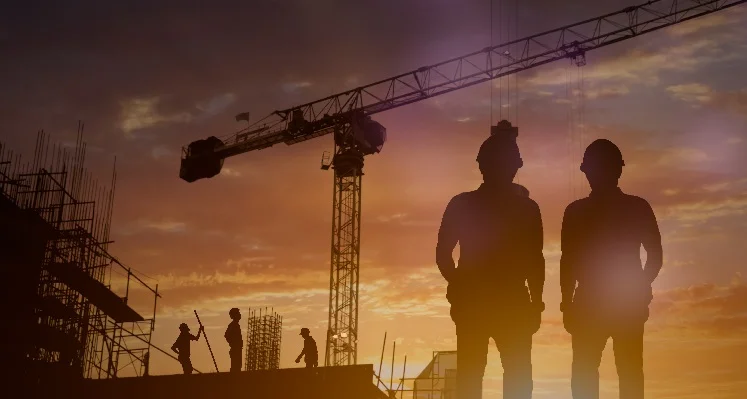Dubai Municipality has carried out more than 25,000 field inspections relating to construction activity in the first half of 2025 – a 36% increase compared to the same period in 2024
The inspections covered over 18,800 buildings under construction, with a total built-up area exceeding 36mn square metres
Compliance rates reached 96%, reflecting the Municipality’s ongoing efforts to safeguard building standards and maintain sustainable urban planning practices, ensuring safety and quality throughout all stages of construction. The approach supports Dubai’s vision to be the world’s smartest and most sustainable city in the construction sector, while reinforcing the emirate’s reputation as an investment-friendly hub with advanced infrastructure and flexible, integrated regulations.
Eng. Maryam Al Muhairi, CEO of the Buildings Regulation and Permits Agency at Dubai Municipality, said, “Dubai Municipality places great emphasis on precise engineering oversight of construction activities, considering it a key tool to regulate the sector and elevate its standards, in line with our unwavering commitment to developing it into the world’s smartest and most sustainable. We aim to provide a safe and sustainable construction environment, applying the highest quality and safety standards at all stages, which contribute to enhancing residents’ quality of life and reinforcing Dubai’s position as a leading hub in construction and building.”
The Municipality oversaw the use of more than 1.5 million cubic metres of green concrete, ensuring compliance with environmental standards. Additionally, 16.4 million cubic metres of soil were recycled and transported. The Municipality issued 4,222 permits for sand transport and supply, ensuring optimal resource use, and approved over 1,126 requests for free sand to support Emirati citizens building private villas.
These initiatives form part of Dubai’s broader vision for an innovative and sustainable construction sector, streamlining building procedures, enhancing governance, and ensuring legislative and regulatory flexibility.

























